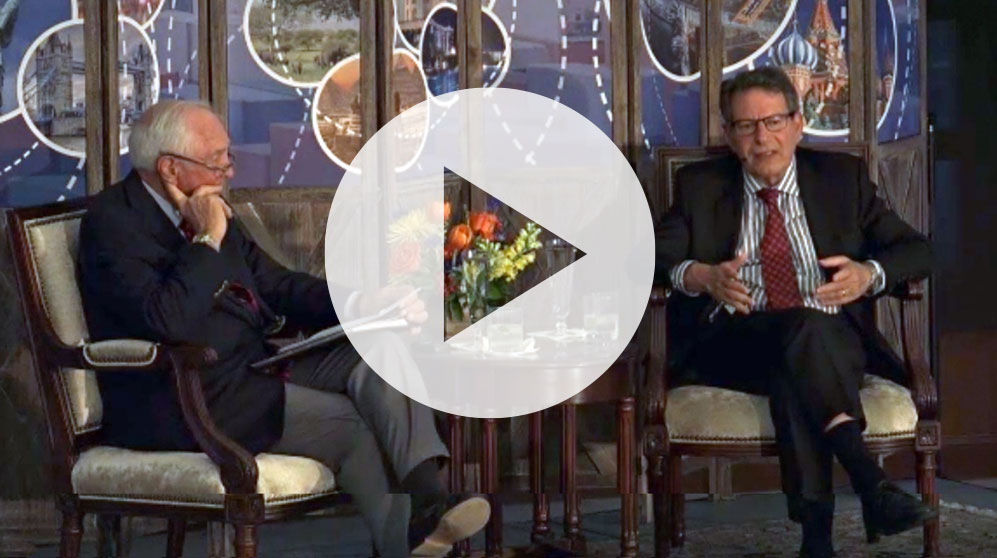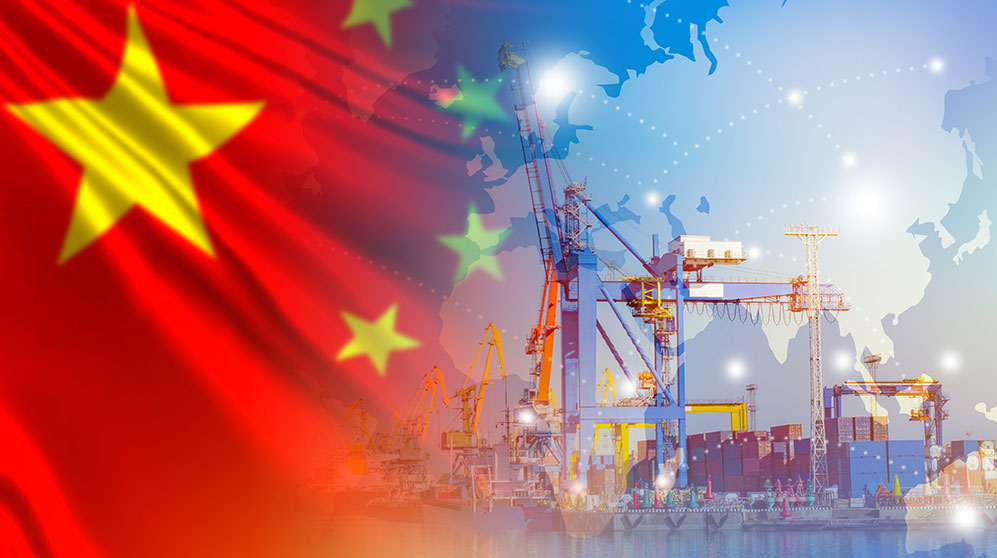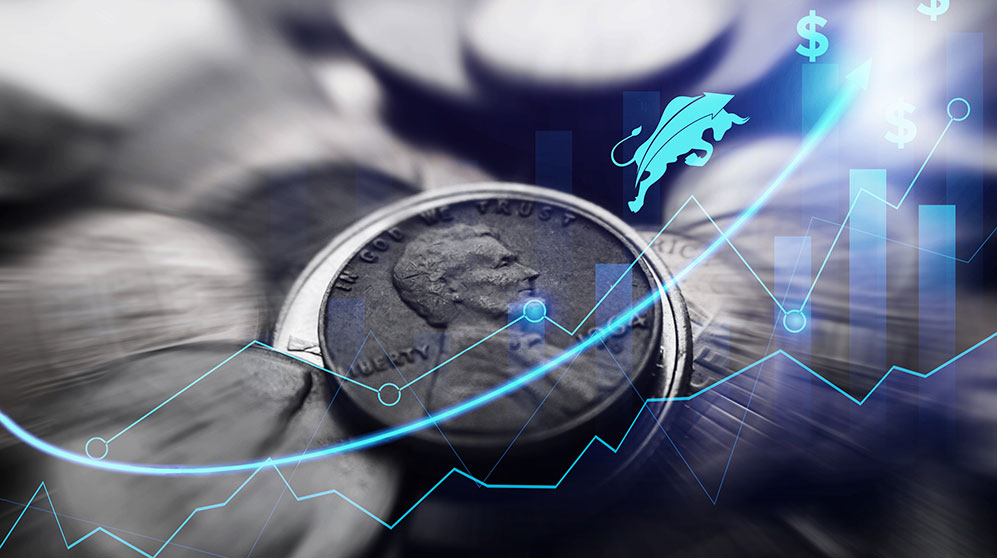Economic Normalcy Has Come at a Cost—Higher Prices
• 3 min read
- Brief: Global Economy

Get the latest in Research & Insights
Sign up to receive an email summary of new articles posted to AMG Research & Insights.

During the pandemic-induced lockdown and recession, people asked how they would know when economic normalcy had returned. AMG’s response: When football stadiums are full.
Today, they are full.
Led by the United States, the world’s developed economies are rapidly reaching 2019 pre-pandemic levels. It has been a remarkable turnaround, but COVID-19-related challenges still exist.
For instance, higher prices.
When COVID-19 struck, U.S. monetary and fiscal policies made sure consumers were financially protected. This, along with the pandemic lockdown, curtailed normal spending and resulted in the largest savings in American history. Thus, when the lockdown was lifted, consumer demand erupted. But some products cost way more than they had prior to the pandemic. For example, furniture, cleaning supplies, workout equipment, rental cars and bikes saw prices soar. This year through March, exercise enthusiasts paid 27% more for bikes. Besides supply outstripping demand, all the increases were rooted in another issue: higher costs for materials, labor and transportation. How come?
The commonality of shortages and higher costs becomes evident when one examines the logistics or supply lines of goods provided to American consumers. The United States is part of a supply chain created by globalization—the growing interdependence of the world’s economies, cultures and people. Since 1980, globalization has lifted more people out of poverty than any time in history, none more so than China, which has become the world’s second largest economy. At the same time, globalization has helped create four decades of unprecedented low inflation.
However, the pandemic has clearly exposed a major weakness.
Many U.S. consumer products rely on raw materials, parts and manufacturers from around the world. This is the global supply chain, which the pandemic disrupted. Today, the biggest roadblock in the supply chain’s restoration is the unequal distribution of the vaccine. Less-developed countries, which America depends on for raw materials, parts and manufacturing, are the last to get the vaccine. Thus, the world’s economy is not recovering at the same pace as the United States.
The remedy is clear: 75-85% of the world’s population needs to be vaccinated against COVID-19. So far, roughly 40% of the global population have been fully vaccinated. Vaccination rates have begun to trend up in emerging markets, while the least wealthy countries are still struggling to get doses.
Until that happens, we can expect higher prices, longer waits for consumer goods and more supply-chain disruptions. The good news is that vaccines are working, the world’s economies are recovering, and football stadiums are full.
This information is for general information use only. It is not tailored to any specific situation, is not intended to be investment, tax, financial, legal, or other advice and should not be relied on as such. AMG’s opinions are subject to change without notice, and this report may not be updated to reflect changes in opinion. Forecasts, estimates, and certain other information contained herein are based on proprietary research and should not be considered investment advice or a recommendation to buy, sell or hold any particular security, strategy, or investment product.
Get the latest in Research & Insights
Sign up to receive a weekly email summary of new articles posted to AMG Research & Insights.




